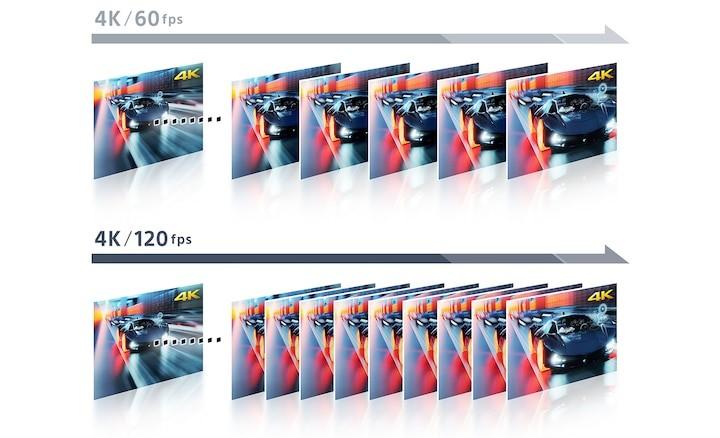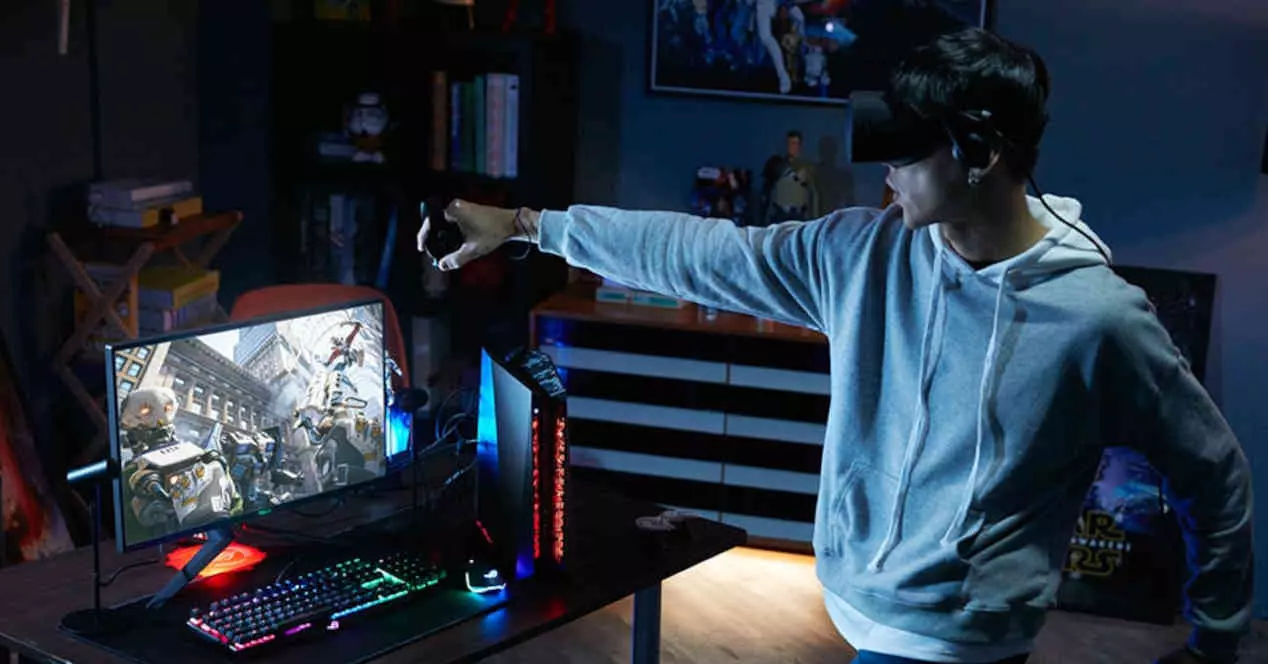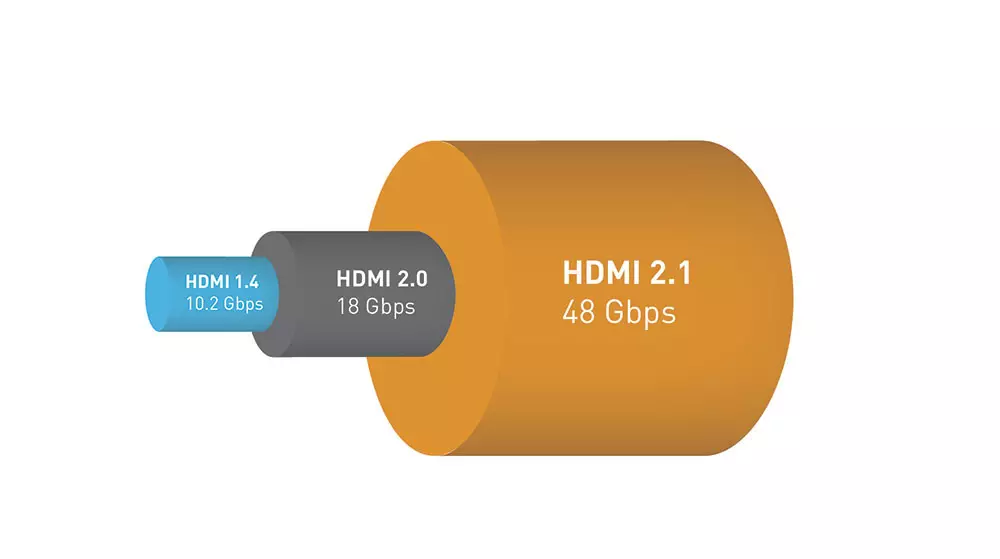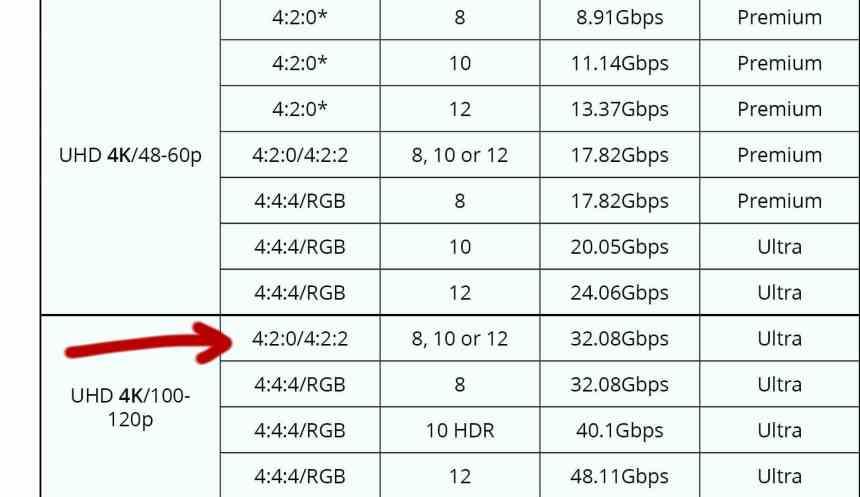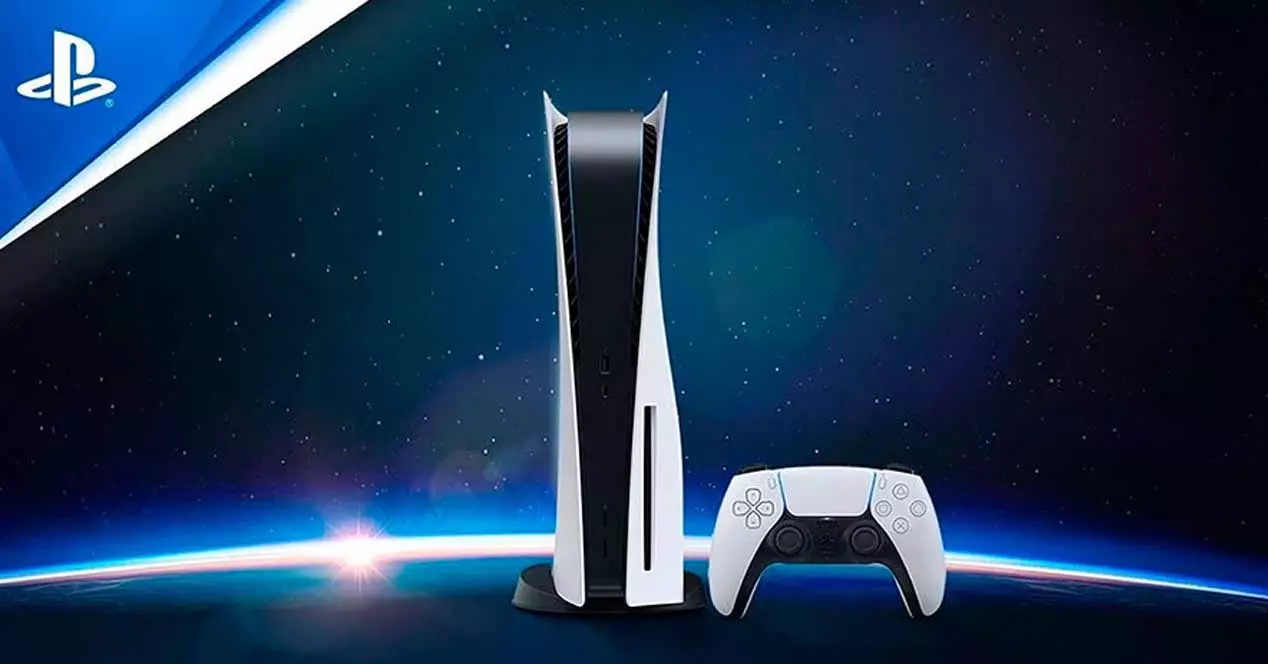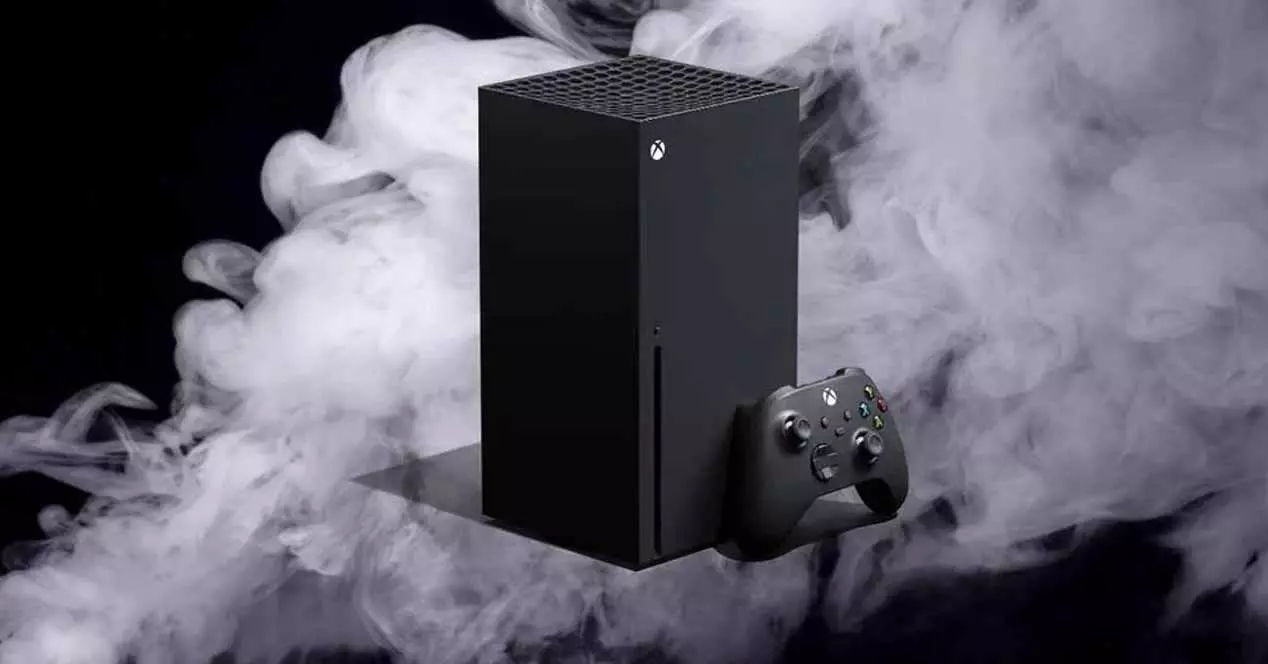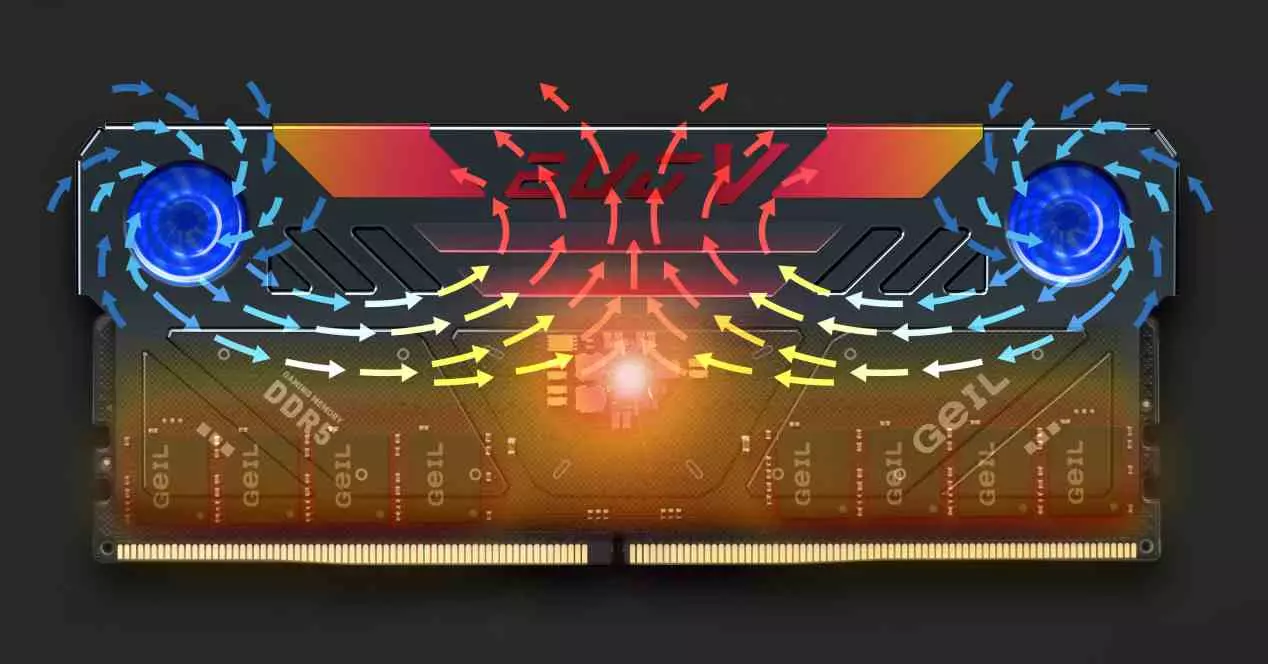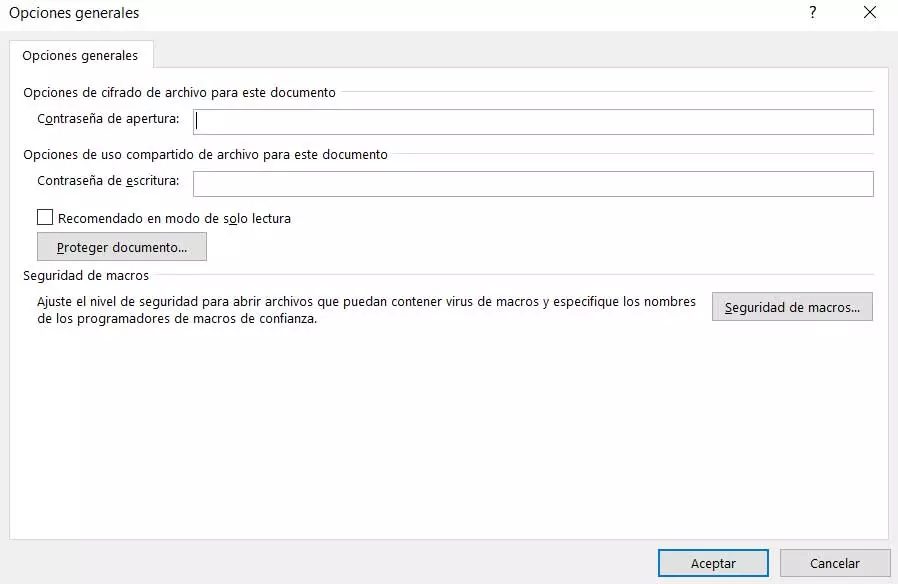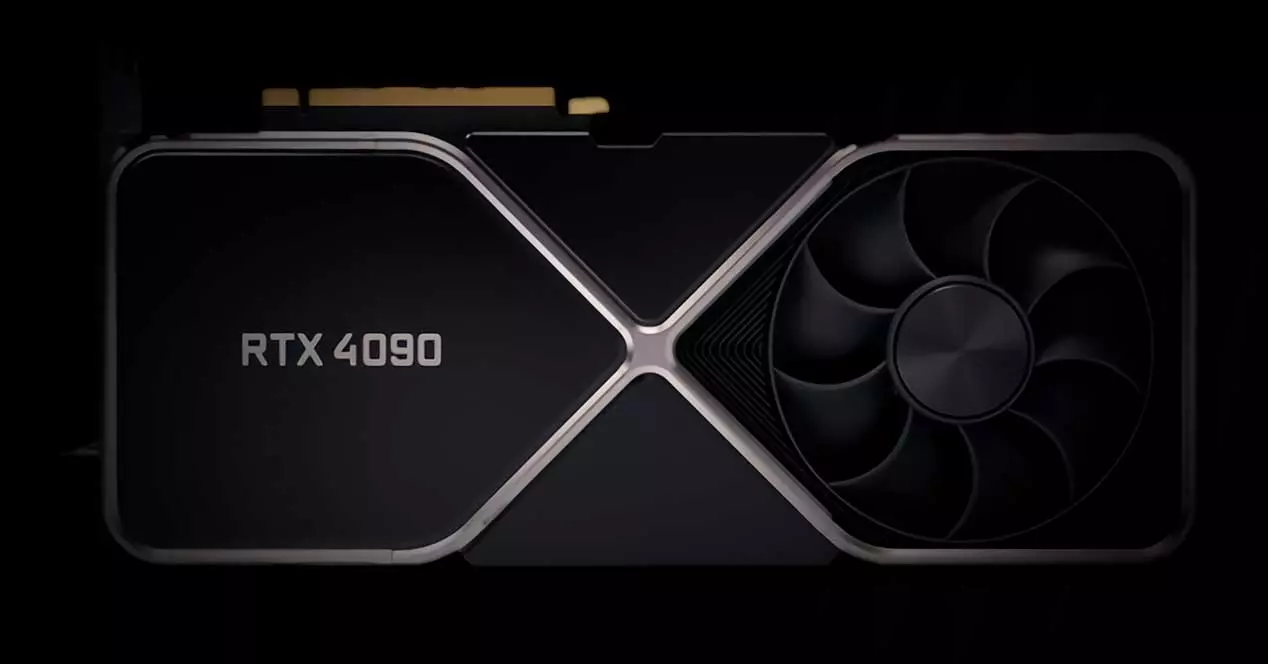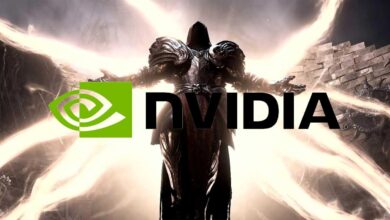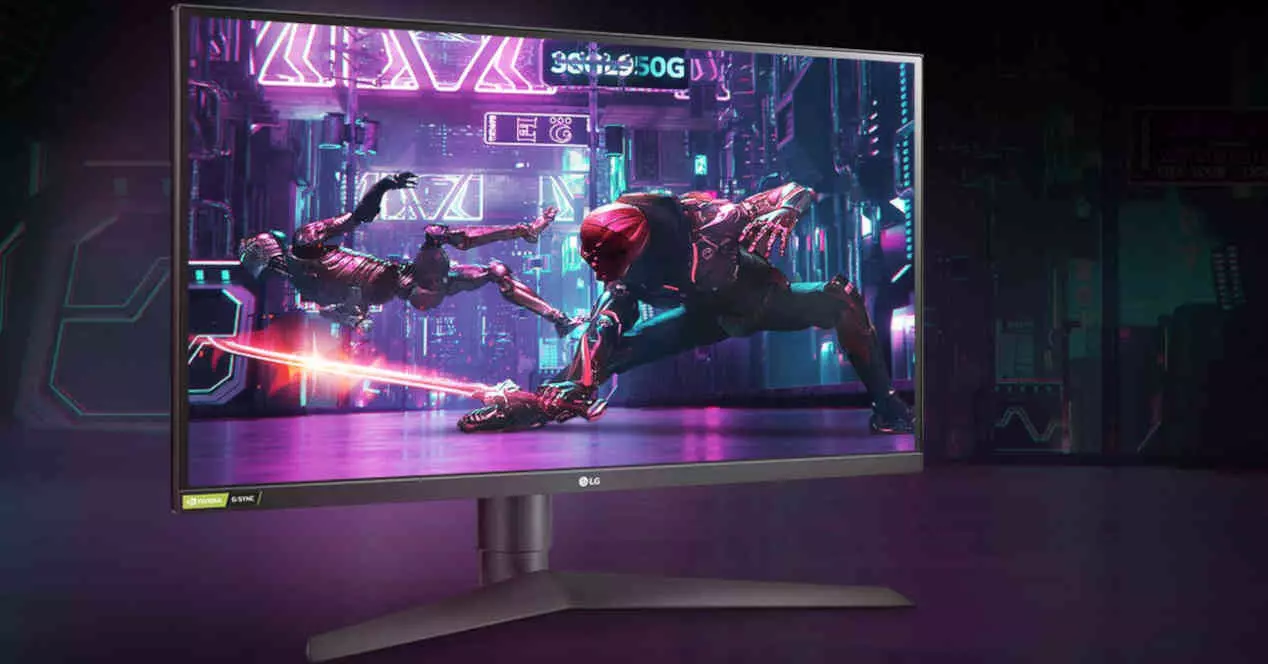
There are a series of new features that were introduced with the publication of the HDMI 2.1 specifications and that are not found in previous versions, so the first thing you will have to check is if they are mentioned in the monitor specifications.
Specifically, the items to look at on the list are the following:
- Dynamic HDR.
- Variable Refresh Rate (VRR).
- Quick Media Switching (QMS).
- QuickFrame Transport (QFT).
- Auto Low Latency Mode (ALLM).
- Display Stream Compression (DSC).
Keep in mind that in the new specification these functions have become optional and therefore you will find monitors that have only a few or none. A true HDMI 2.1 monitor, on the other hand, It has them all without exception.
Beware of the VRR
The so-called Variable Refresh Rate allows you to give control of vertical synchronization and the refresh rate to the sending device. This is the technology used by NVIDIA G-SYNC, AMD FreeSync, and the VESA Adaptive SYNC standard. Unfortunately, you may find that a monitor has a supposed HDMI 2.1, but this function is possible through the DisplayPort port.
Another thing you’ll have to look at is the so-called Adaptive Sync/Free Sync over HDMI which is possible in HDMI 2.0 and may be advertised by the manufacturer as the actual HDMI 2.1 VRR function. Be careful with this due to the fact that although the function is the same, they are not compatible with each other.
The VRR is related to the QMS or Quick Media Switching, which removes the black frames that sometimes occur when the screen is displaying no information. When it comes to high refresh rates we do not see them, however, they delay the time between frames with real information. A system without VRR support will not have QFT support either, as both technologies are related and work together.
The ALLM and QFT are also important
The so-called automatic low latency mode is another novelty of HDMI 2.1 and is based on the fact that the monitor automatically goes into game mode when requested by the device that emits the image through the HDMI cable.
What this mode does is turn off all the image correction functions that televisions usually have to make them more beautiful, however, which delay the time in which we see the image on the screen. Which is detrimental in competitive gaming where high refresh rates mean information reaches our eyes sooner.
QFT, on the other hand, is a technique whereby a frame is transported at a higher rate than the frame rate. which is ideal for virtual reality systems where the photon time is important and it is required to minimize the maximum time that passes between when we perform an action and when the result arrives on the screen. For example if a game renders at 60 FPS or 16.67 milliseconds per frame then the QFT will send the image in less time.
Resolution, bandwidth and refresh rate
The thing is clearer: the higher the resolution and the refresh rate, the more pixels are displayed on the screen in one second and, therefore, a greater bandwidth is required, since, for example, with HDMI 2.1 we can reach up to 10K resolution , with the use of DSC compression of course.
However, not all resolutions require that enormous bandwidth and if we have a panel with a resolution and a refresh rate much lower than the maximum of the standard then it is a waste of bandwidth to have an interface capable of receiving the 48 Gbps.
We have an example of this in the SONY PlayStation 5 console, which has a 32 Gbps interface that is good enough for it. The problem with this is that some resolutions require the use of Display Stream Compression and as we said in the previous section, removing them from the equation means that the interface is no longer true HDMI 2.1. While PS5 can be connected to an HDMI 2.1 monitor, you won’t be able to use all of its features.
Although what interests us is from the point of view of the monitor, although it is true that if we have, for example, a 4K monitor at 120 Hz, we will not need all the bandwidth of HDMI 2.1 as it does not support higher resolutions and refresh rates. , yes, we are interested in having all the specifications and that it does not use a trimmed controller.
True HDMI 2.1 on PS5 and XSX
If you have a PlayStation 5 or an Xbox Series X then you will be interested to know that both consoles have their output interfaces designed for HDMI 2.1, however you will not need to use the full version of the specification, since they do not take advantage of all the functions .
Playstation 5
In the event that your console is a PlayStation 5, this is what the screen or monitor to which you connect the console will need to get the best image quality with it:
- A bandwidth of 32 Gbps, which is currently the maximum supported by the console’s HDMI interface.
- In terms of resolution and refresh rate, the monitor must support 4K at 120 Hz with at least 10-bit HDR with 4:2:2 chroma.
- VRR and ALLM support.
xbox series x
If, instead, your console is an Xbox Series X then you will need the following HDMI 2.1 specifications on your screen:
- At least 40 Gbps bandwidth on HDMI 2.1 interface
- Ability to play at 4K resolution with a refresh rate of 120 Hz, HDR of 10 bits and a chroma of 4:4:4.
- VRR over HDMI specified, as the console makes use of AMD FreeSync.
- ALLM support.
If you are a fan of video games, sooner or later you will have both consoles, so we recommend that you buy a monitor with the Xbox Series X in mind, but that also has support for the real HDMI 2.1 VRR, so you will have a screen to play with. better than each console asks for and you can enjoy both at the same time. On the other hand, if you are looking for one that meets what PS5 asks for, you may find yourself unable to get the best image quality from the Microsoft console.
By the way, the Xbox Series S does not have the ability to send images at resolutions beyond Quad HD except for games with very simple graphics, so if you have purchased this console and plan to use it, do not worry about your screen, it supports HDMI 2.1 real, since you will not take advantage of it
